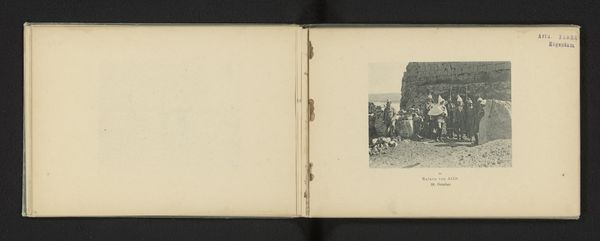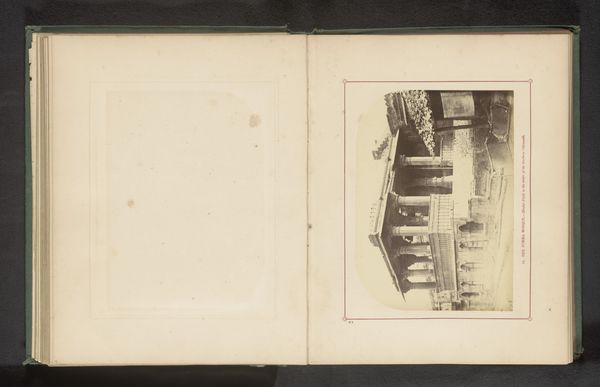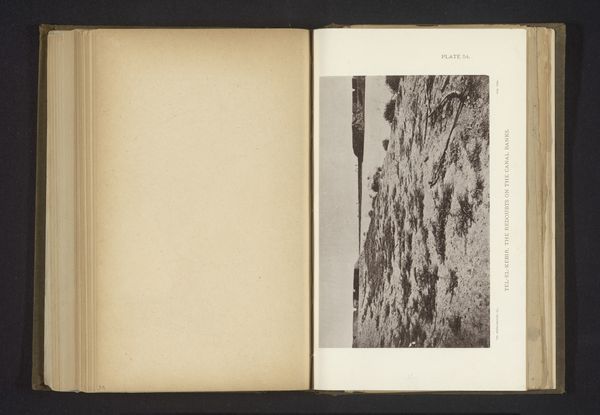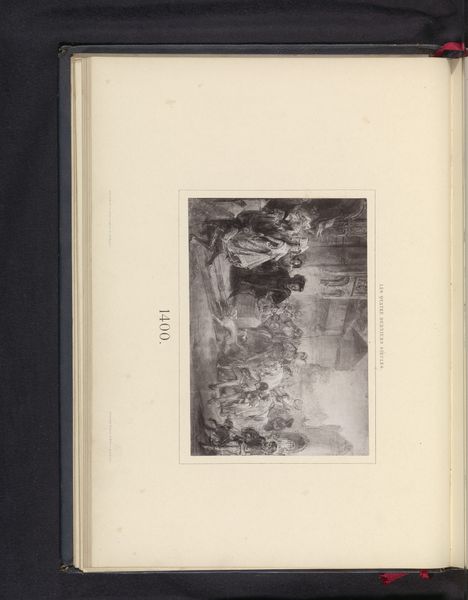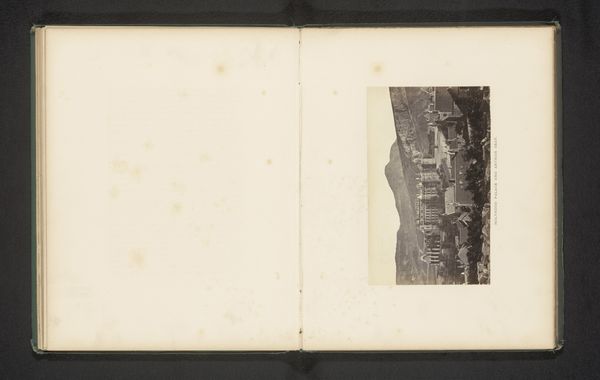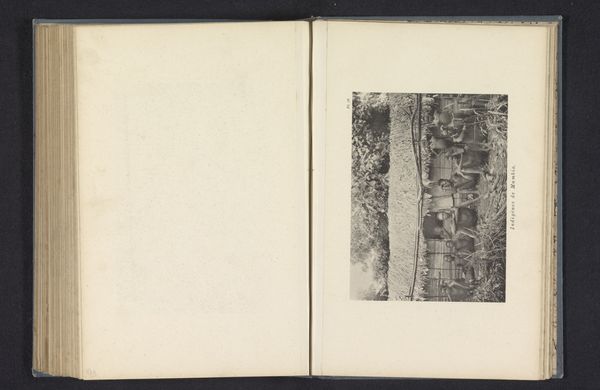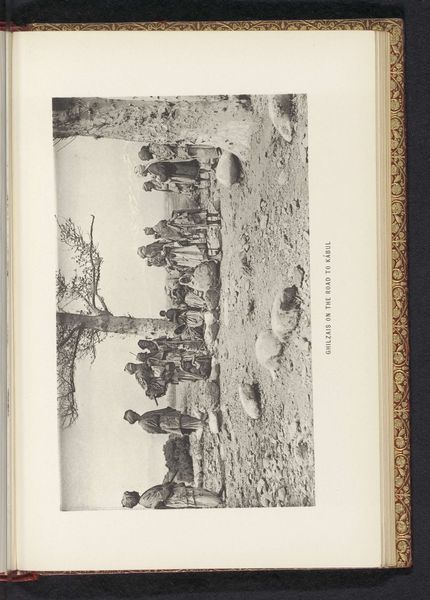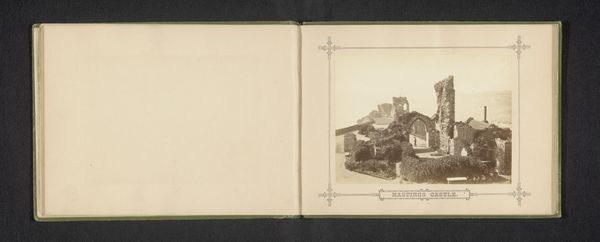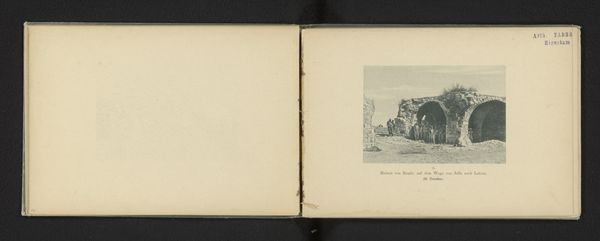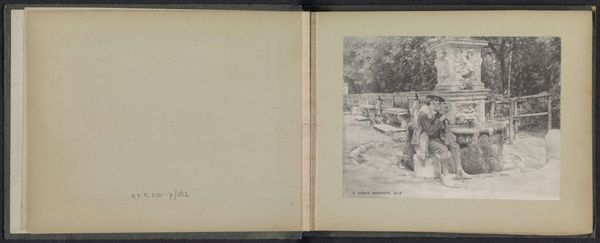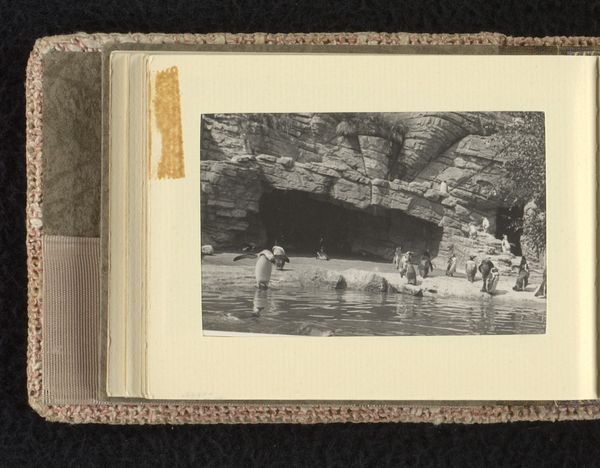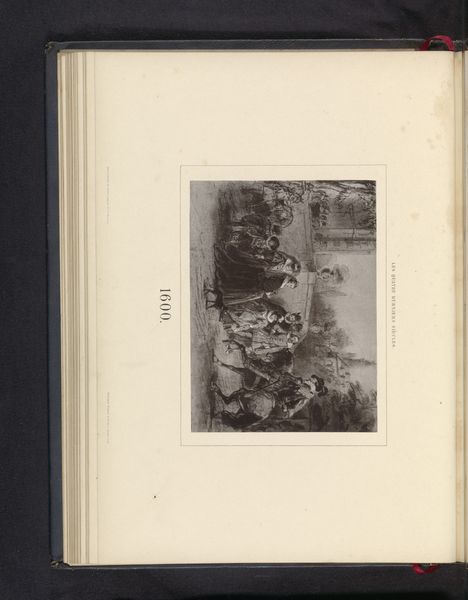
Pinguïns in de dierentuin, juni-augustus 1933, Hamburg Possibly 1933 - 1937
0:00
0:00
Dimensions: height 65 mm, width 92 mm, height 80 mm, width 106 mm
Copyright: Rijks Museum: Open Domain
Editor: This gelatin-silver print, titled "Pinguïns in de dierentuin, juni-augustus 1933, Hamburg," comes from the Wachenheimer family profile and might date between 1933 and 1937. I'm struck by how this seemingly candid zoo scene also speaks to a very specific moment in history. What catches your eye about it? Curator: I'm interested in the physical print itself, the labour involved in its production and its existence as a trace of a particular social moment. Consider the materiality of the gelatin-silver print – a process dependent on both industrial chemistry and skilled darkroom practice. Where do you think the real "art" resides in this work: with the photographer, with the means of its production, or the subject matter depicted? Editor: That’s a great point. I guess I was initially drawn to the photograph's subject matter – the penguins in what looks like a manufactured landscape mimicking nature, the way that relates to humans needing to ‘control’ nature through zoos. But your question about the process makes me think… How might the limitations and possibilities inherent in the gelatin-silver printing process influence the photograph's meaning? Curator: Precisely! Think about the standardization of the format, the cost of materials, and the accessibility of photography at this time. This photograph exists within a network of material and social relations. The ability to capture and disseminate images of this scene speaks to a particular socio-economic context. Also note, it depicts an enclosure -- do you think that fact is reflected in any of the social values we have been talking about? Editor: I never considered the wider implications like that. Now, seeing how all the different aspects such as image capture, darkroom processes and socioeconomic status intertwine, I realize there’s so much more to a simple image than meets the eye. Curator: Yes, and thinking critically about the "how" and "why" of its creation helps us unravel these deeper connections. Examining the print this way brings the making and consuming of art into focus, while highlighting history's influence in production and presentation.
Comments
No comments
Be the first to comment and join the conversation on the ultimate creative platform.
